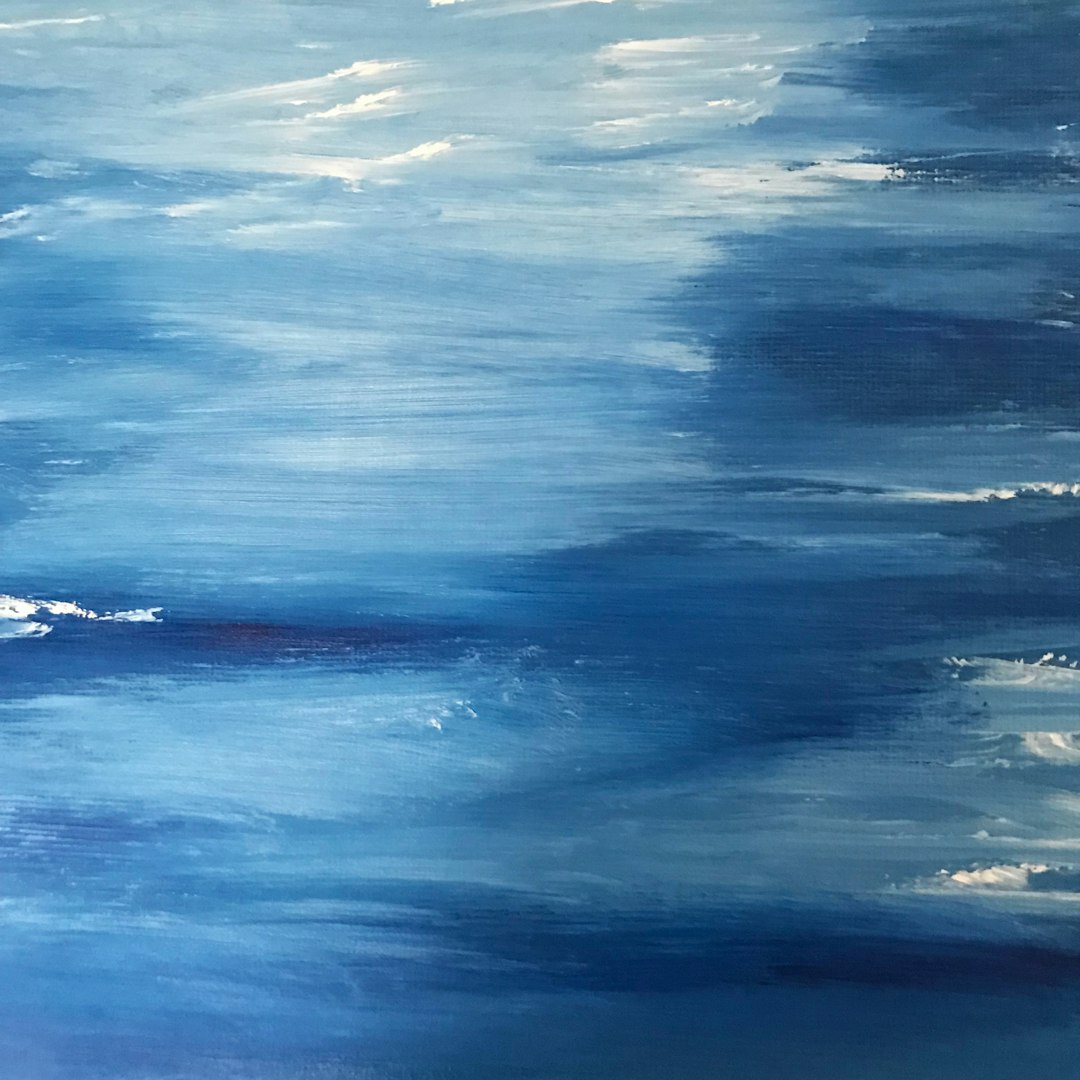Public murals have the ability to transform a drab, ordinary space into a vibrant, culturally rich environment that engages and inspires those who see them. From urban streets to rural communities, these pieces of art have the power to ignite conversation, provoke thought, and bring people together in a shared experience.
One of the most compelling aspects of public murals is their accessibility. Unlike traditional art galleries or museums, which often require an admission fee or a certain level of cultural capital to appreciate, public murals are free for anyone to enjoy. They are a form of art that is truly for the people, by the people. This accessibility democratizes art and allows it to reach a wider audience, regardless of their socioeconomic status or background.
Public murals also have the power to reflect and celebrate the unique cultural heritage of a community. Whether it’s a mural depicting historical events, local landmarks, or traditional art forms, these pieces of art can serve as a visual representation of a community’s identity and values. They can act as a source of pride for residents and help foster a sense of belonging and connection to their surroundings.
In addition to celebrating a community’s past, public murals can also help shape its future. By commissioning artists to create murals that address social or political issues, communities can spark important conversations and inspire change. These murals can act as a form of activism, calling attention to important issues such as racial injustice, environmental degradation, or mental health awareness. They have the power to raise awareness, foster empathy, and inspire action.
Public murals also have the ability to transform a space and make it more inviting and aesthetically pleasing. Whether it’s a dull concrete wall or an abandoned building, a mural can breathe new life into a space and make it more visually stimulating. In urban environments, where grey and monotonous buildings dominate the landscape, murals can add a much-needed splash of color and creativity.
Moreover, public murals can also serve as a form of economic revitalization for a community. When artists are commissioned to create murals, they are often paid for their work, which can inject money into the local economy. Additionally, the presence of public murals can attract tourists and visitors, who may be drawn to a city or neighborhood because of its vibrant street art. This can help boost local businesses and create a sense of vibrancy and energy in the area.
Overall, the power of public murals lies in their ability to engage, inspire, and unite communities. They have the unique capacity to reflect a community’s cultural heritage, spark important conversations, beautify a space, and even stimulate economic growth. As more cities and neighborhoods recognize the value of public murals, we can expect to see an increase in the number of these powerful artworks popping up around the world. And with each new mural that is created, a community’s story is told, celebrated, and shared with all who pass by.

